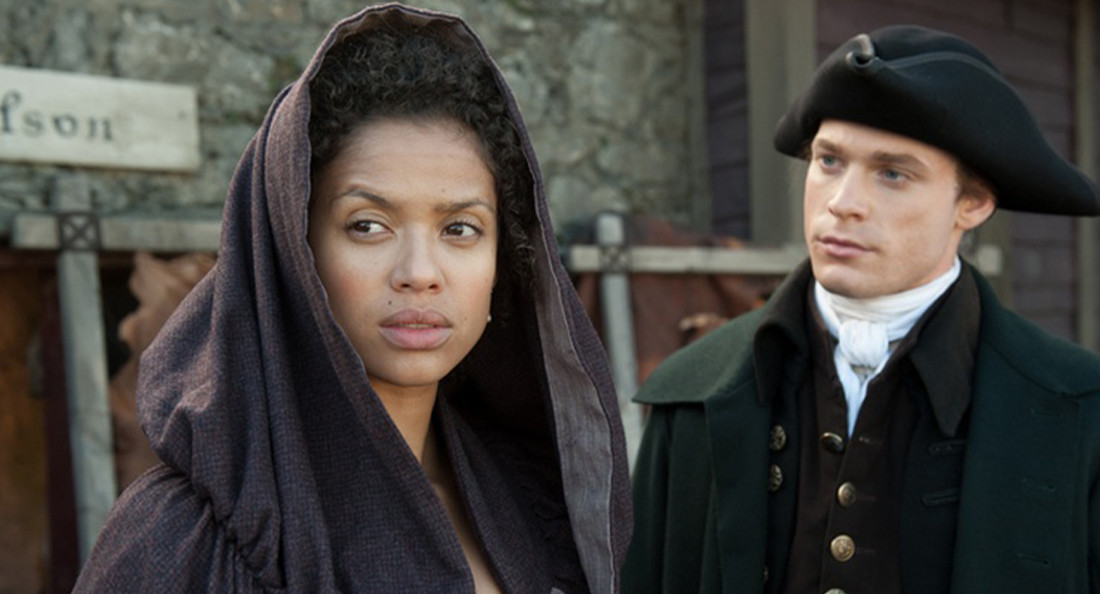Critipeg: Belle
Currently streaming on Disney+, ★★★☆☆ 1/2
The 2013 period drama film Belle follows the life of a mixed-race heiress, Dido Elizabeth Belle (Gugu Mbatha-Raw), living among British nobility during the time of the Zong massacre.
While little is known about the real Belle, the film aims to maintain an appropriate level of historical accuracy, but not without taking a few creative liberties for the narrative’s sake.
The broad strokes of Belle’s life that are known historically are present in the film. For instance, Belle married a man called John Davinier. Unlike the film’s depiction, however, he was not an aspiring lawyer, but a steward. Plotwise, the change helps tie Davinier in with the events of the social season and the portions of the story related to the Zong massacre. Otherwise, his character and romance with Belle would’ve been out of place.
Further, the film depicts Belle as having a strong influence on the actions of her great-uncle, William Murray, 1st Earl of Mansfield: a barrister, judge, politician and notable figure for English law reform. Despite the film’s portrayal, it’s unknown whether or not Belle directly influenced his work.
Even with these embellishments, the film successfully depicts the social difficulties for a noble mixed-race woman during the height of the slave trade.
A significant portion of the film focuses on courtship and marriage. Belle watches as her second-cousin and lifelong companion, Elizabeth Murray (Sarah Gadon), participates in the social season (an annual period where the elite attend a number of lavish events), while Belle is kept from the festivities.
Even so, Belle is courted, and it’s during those scenes where the film displays a wide spectrum of attitudes regarding the mixed-race heiress.
It’s easy for filmmakers to correctly represent overtly racist comments, but what Belle does well is address covert racism. Specifically, the film shows how the elite contended with Belle being mixed-race, Black and a member of high society. When Belle was shown to be particularly charming, the “unfortunate nature” of her birth could be overlooked. Yet her “exoticism” made her sexually desirable.
Even Belle’s family conforms to racist social structures, despite caring for her deeply. This juxtaposition is solid in the film. It’s not groundbreaking, but it’s well done.
Where Belle falls short is with the character, and Belle’s aforementioned love interest, Davinier (Sam Reid).
Davinier is Belle’s idealistic counterpart. With the Zong massacre trials occurring alongside the social season in the film, Davinier is hellbent on fighting against the notion that people are cargo, believing wholeheartedly that people are equal.
Despite Davinier’s altruism and Reid’s strong performance, the character is flat and lacks intrigue. Altruism is all well and good, but it alone doesn’t do much in creating a fully formed character. Unfortunately, this made the romance arc between Belle and Davinier less interesting than it could’ve been.
All things considered, Belle is enjoyable to watch. While certain aspects of the film were done better than others, the movie as a whole is entertaining, and it handles the topic of race well. If nothing else, it’s a good jumping point to learn just a little about Black history.
Published in Volume 75, Number 20 of The Uniter (March 4, 2021)








